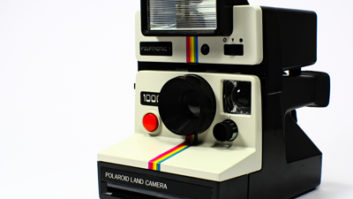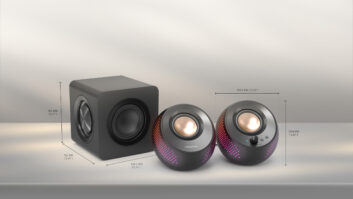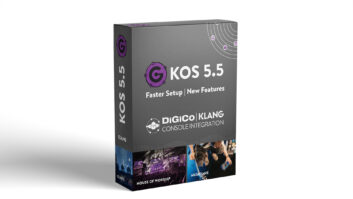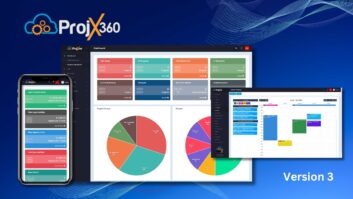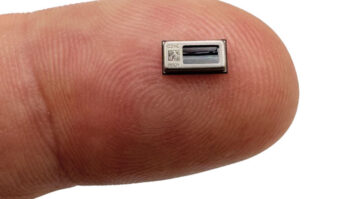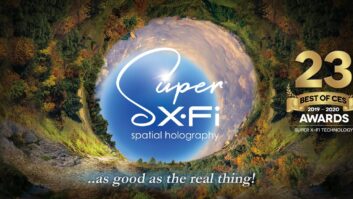Las Vegas — A new slate of printing solutions introduced earlier this month at PMA hope to push greater speeds and more creative options into retail.
DNP Photo Imaging introduced a new dye-sub-based self-service print kiosk and new Tomo kiosk software. The Photo Station kiosk can hold up to four printers and will come standard with three 4-inch by 6-inch printers and a fourth capable of printing 4- by 8-inch, 5- by 7-inch, 6- by 8-inch, 8- by 10-inch and 8- by 12-inch photos.
The printers have a capacity of 1,600 4- by 6-inch prints and are capable of producing roughly 30 4- by 6-inch photos in two minutes. It will be available in July.
The Tomo software can be loaded onto DNP kiosks or onto third-party models. According to a company spokesperson, it is the first time the firm has made software available for third-party machines.
In addition to traditional photo prints, the software allows for the creation of photo merchandise and DVDs. The software was designed for touchscreen kiosks and supports 18 languages, and will automatically correct red eye as images are loaded (it will also offer manual editing tools as well). The software will be available next month.
The company also showed an “on-demand” gift card printer that can integrate consumer’s personal images onto a retail gift card. The virtue of the Gift Card Station, a spokesman said, is that it allows retailers to offer a wide number of cards at different price points without committing the shelf space or being left with inventory if select cards aren’t purchased. The Gift Card Station will be available during the summer, the company said.
Lucidiom announced version 6.0 of its Photo Finale Web front end for retailers using the Lucidiom EQ photofinishing solution. The new software incorporates several “social networking” features, such as the ability to generate personal connections with friends, who can view and order your images from the Web.
Using the front end, retailers can send content-sensitive ads and promotions. Consumers can order both prints and photo merchandise. The company is phasing out its consumer desktop software that retailers would private-label and distribute to consumers in favor of its Web-based solution, a spokesperson said.
Noritsu introduced the D701 inkjet-based retail printer produces prints at 4-inch by 6-inch to 10- by 36-inch, enabling it to create posters, calendars and greeting cards in addition to standard photos. It accepts sheet and roll-fed paper and offers a resolution of 720 by 720 dpi.
It occupies 4.6 square feet of space and can crank out 650 4 by 6-inch prints per hour using roll paper. A second D701 can be stacked on top of a unit to increase print speed and capacity. Additional features include an order sorter and the ability to interface with third party kiosks.
A similar technology is being OEM-ed to Fujifilm in the form of its Frontier Dry Minilab 400. It will boast the same print specs but uses a new Frontier Workflow Management Software.
Sony introduced the UP-DR200 dye sublimation printer. The unit is capable of producing up to 450 prints per hour. The front-loading printer, which is designed to be used in a retail kiosk or behind the counter, uses a single roll of paper to provide up to 700 prints, the company said.
It offers four print sizes — 3.5 by 5-inch, 4 by 6-inch, 5 by 7-inch and 6 by 8-inch in either glossy or ProMatte finishes. It features an LCD monitor for displaying system status, including number of prints remaining. The printer is available now.
For home printers, Sony will offer two new 4 by 6-inch dye-sub printers in April. The new PictureStation DPP-FP95 or the DPP-FP75 offer prints speeds of roughly 60 seconds.
The FP95 incorporates Sony’s Bionz processing engine which the company says allows it to create optimized prints from other Sony cameras. The FP95 features a 3.6-inch adjustable LCD display, scrapbooking templates, and automatic exposure correction, focus sharpening, red-eye removal and skin-tone smoothing. Additional editing features include photo filters, cropping and rotating. It also offers an HDMI output. It will retail for $200.
The FP75, for $150, features a 3.5-inch LCD, a more basic array of editing features (rotating, enlarging and color adjustment). Both will ship in April.
The D701 from Nortisu




